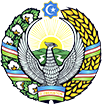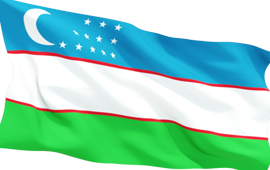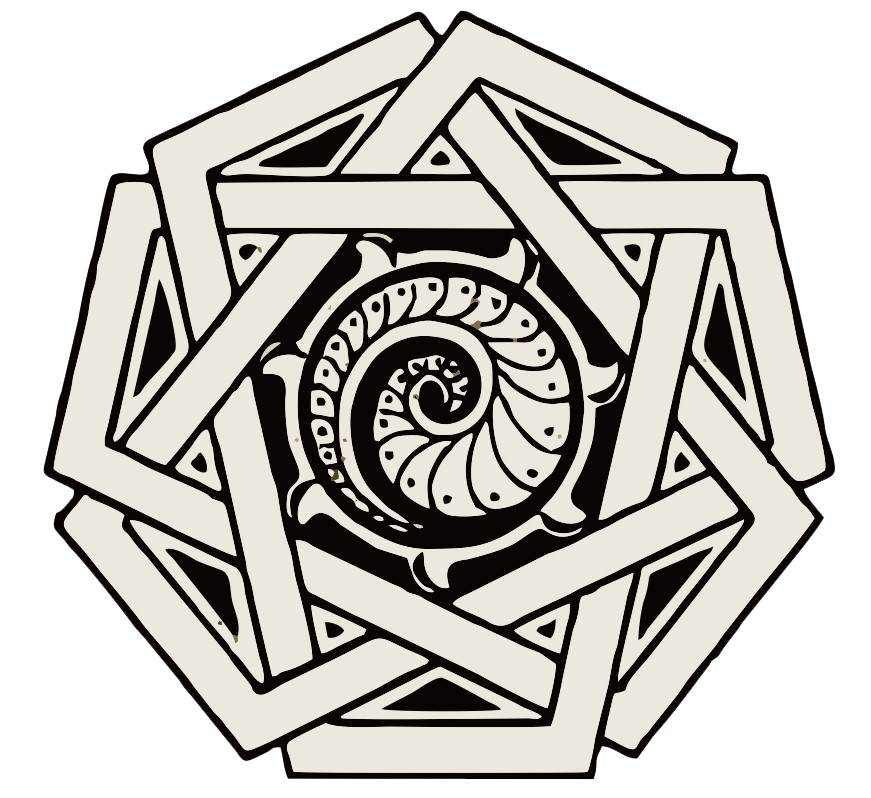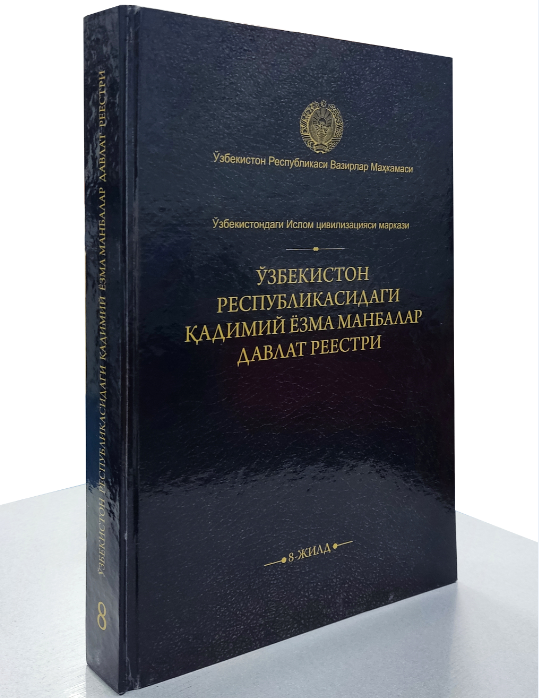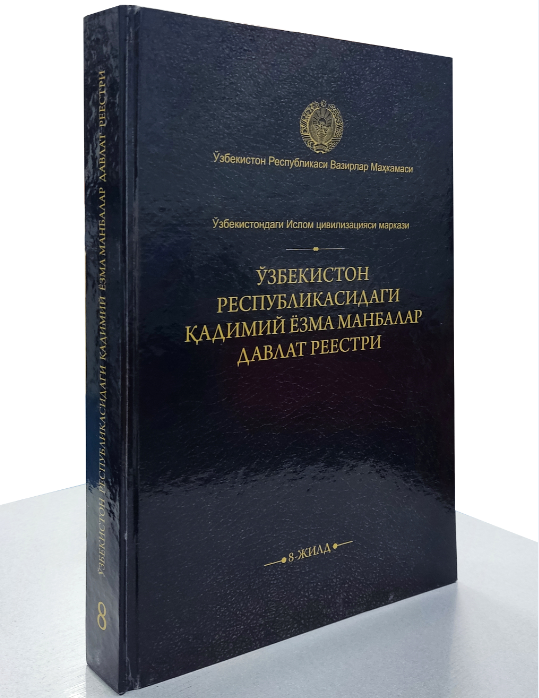Khorezm is one of the oldest countries on earth. The first information about Khorezm was given in the written sources of the VIII century BC. Khorezmian culture was recorded on the banks of the ancient Amu Darya in the pages of the book «Avesto», which was born in the second millennium BC. We can also see that the echo of the great culture has survived till the present day in the style of dress of the modern Khorezmians.The oasis has a sharp continental climate due to its location in the north of the country. Due to this climate, cotton has been grown in Khorezm since ancient times.Information about the dress culture of Khorezmians can be studied from the Neolithic period (IV to III millennium BC). The history of Khorezmian dress culture can be seen in sculptures, murals, coins, written sources found in archeological excavations. One of the oldest types of handicrafts, textiles, were widely developed in the Khorezm oasis. The quality and color of the fabrics woven by the skilled craftsmen in their own «shop» were famous in all the markets of Turan and Iran. Archaeological excavations in Toprak-Qala (III century BC), one of the ancient cities of Khorezm, had shown that archaeologists have found samples of fabrics woven from flax, cotton, silk and wool, as well as floral patterns on fabrics. Linen fabrics woven by ancient Khorezm artisans played an important role in the dress of local peoples, as well as were transported to other countries by caravans and had a positive impact on the culture of dress.The dress culture of Khorezmians has ancient, unique roots and traditions. Their clothing was firmly shaped and associated with traditions that had stood the test of time. Significantly, the shape of their clothing did not differ, regardless of whether the population belonged to different social strata. Only the quality and decoration of the fabric in the garment showed a person’s status, place in society, marital status. The dress culture and traditions of the Khorezm people have always been stable. The delicate taste of the ornaments, the color scheme of the fabrics, the adaptation of men’s and women’s hats to the climate differed from the dress culture of the rest of Uzbekistan. Due to its location in the relatively northern region, depending on the cold climate, Khorezm had developed the processing of fur, leather, wool, tivit, wool weaving. In the Khorezm national costumes, the technology of thickening the clothes with the help of small folds by adding cotton to the fabric had been widely used since ancient times. Especially, Khorezm coats were distinguished by their high quality. Because they were sewn on the basis of an unique method, technology. Clothes with high-quality from Khorezm were in great demand in all Central Asian countries. For this reason, Khorezm robes were transported by caravans to neighboring countries.
Kuzieva Malika History of Uzbek National Dress of the Khanate Period
